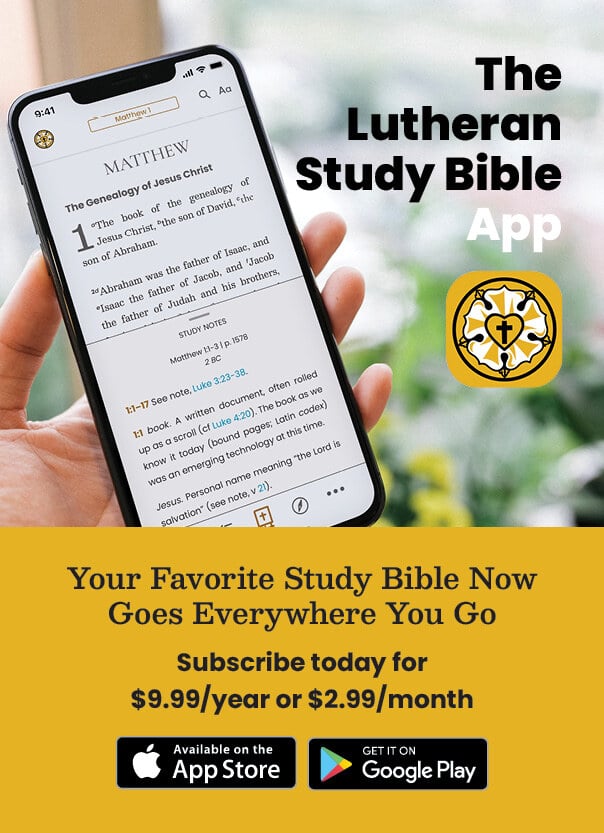Teaching Children How to Pray
I will always remember the surprise and joy of listening to my brother’s first spontaneous prayer. In our family of six, my parents strove to lead nightly devotions and prayers. Though we didn’t get to it every night, it was enough that my brother, the youngest, was able to catch on to what we were doing. After a group prayer, the rest of us would take turns saying prayers out loud. In the middle of someone else’s petition, he suddenly burst out, “Thank You for the sandbox!” Then we knew it was time for Dalen to have a turn in our nightly prayers.
Teaching Moments and Retelling Scripture
Have you ever tried to explain Jesus’ family to a preschooler? It’s pretty fun. You get out a picture of Mary and Joseph with baby Jesus. You have this perfect little picture of Jesus with His mom and … hold on. You’re about to say dad, but you realize that’s kind of true and kind of … not true? And voilà. You’ve just taught the children about blended families without having any intention of doing so. Or at least, that wasn’t my own original intention as I stumbled upon this discussion my first year of teaching.
Some might call that a rookie mistake, but I like to think of it as a great example of why it’s valuable to read stories of Scripture over and over again. Here’s why.
Discussing Scary Things with Young Children
As a student at Concordia University, Nebraska, I enjoyed attending chapel services on campus. Nearly ten years later, I still remember some significant messages I heard there. In particular, I remember when a professor shared that he had been in a car accident. Thankfully, no one involved had been hurt. As he would tell people about the close call, many responded by saying, “God is good,” which is, of course, true. This professor wanted to make it clear, however, that even if he had gotten hurt in the accident, that statement would still be true. God is always good, not just when we are blessed to avoid hurt or injury.
Faith Development in Early Childhood
Early childhood students express their love for Jesus in songs, art, prayers, and worship. They make up their own prayers and are able to ask for forgiveness. They want to love and obey God. Teachers and other adults need to furnish them with frequent reminders of God’s love.
How to Answer Kids’ Hard Questions about the Faith
I was helping a friend by driving her daughter home from school one day. My friend’s daughter is in kindergarten. She was telling me about her teacher, who was about to go on maternity leave. “Hmm . . . I never really thought about how the baby comes out. How does it come out?”
Thanksgiving Lesson Plans That Teach about God’s Overflowing Gifts
“You prepare a table before me in the presence of my enemies; you anoint my head with oil; my cup overflows.” (Psalm 23:5)
Around Thanksgiving, we think about being thankful to God for family, friends, and food. But how can we illustrate the lesson of God’s bountiful gifts in new ways? Having something visual and tangible can make things more understandable to children of all ages—and even to adults.

















